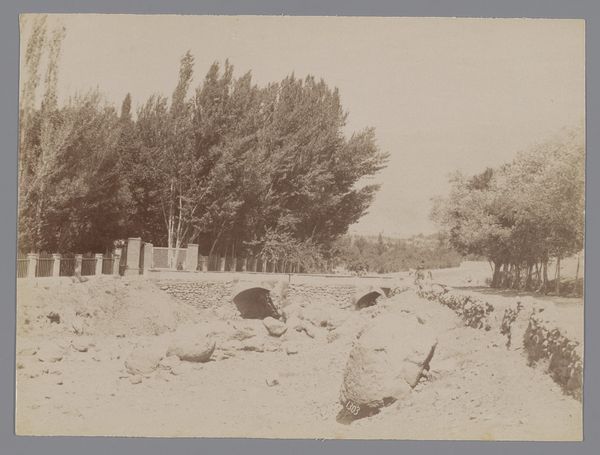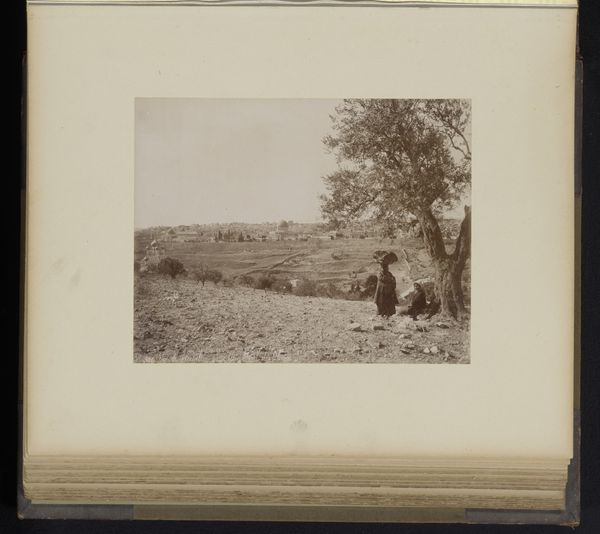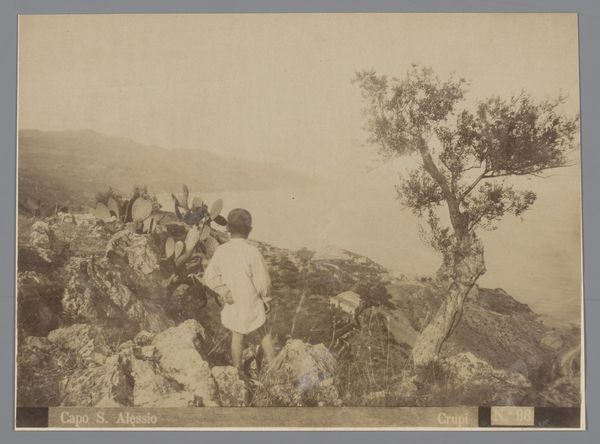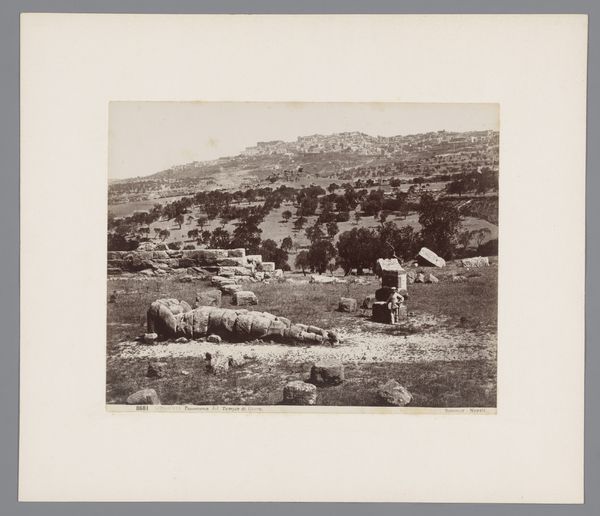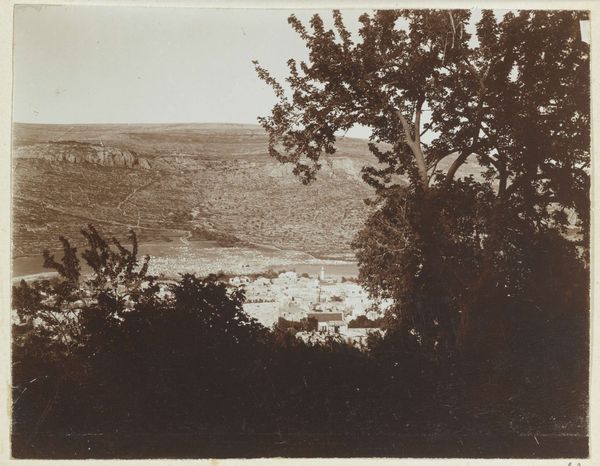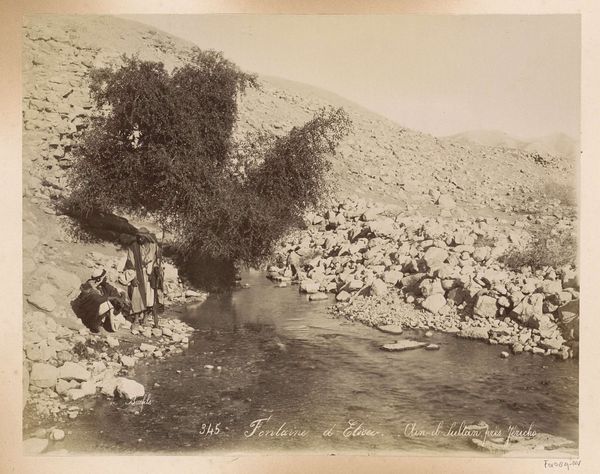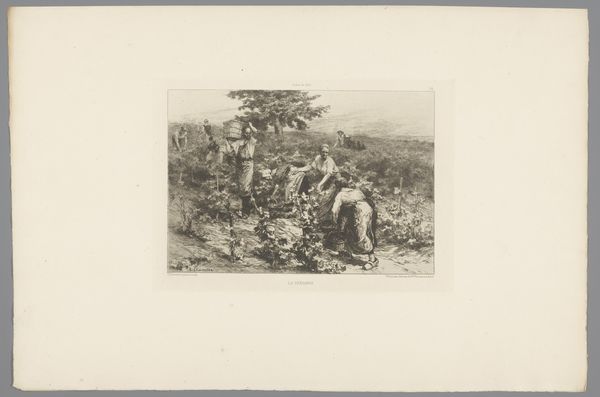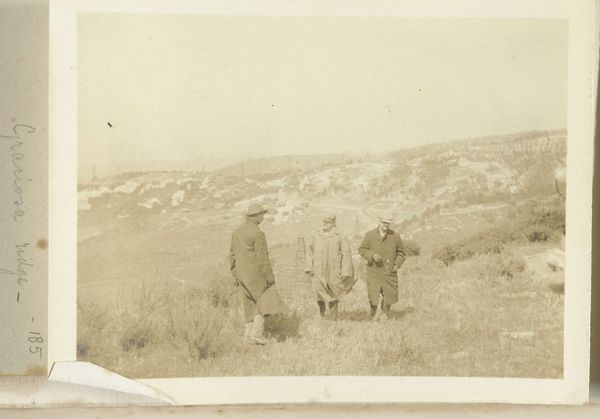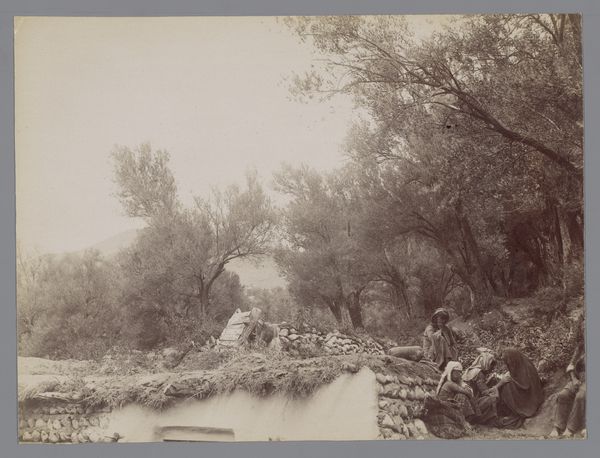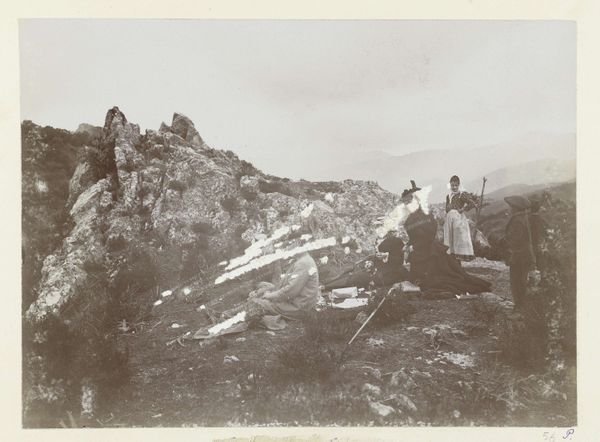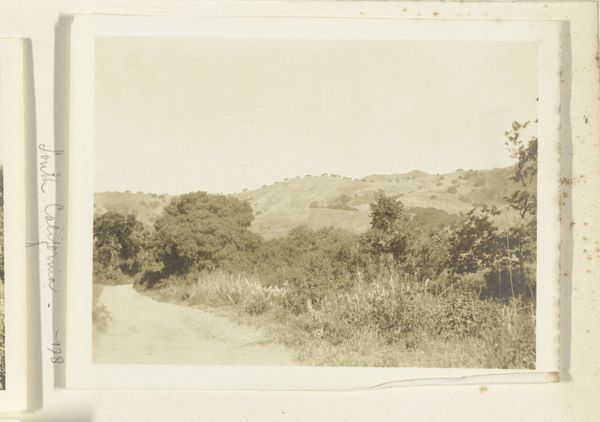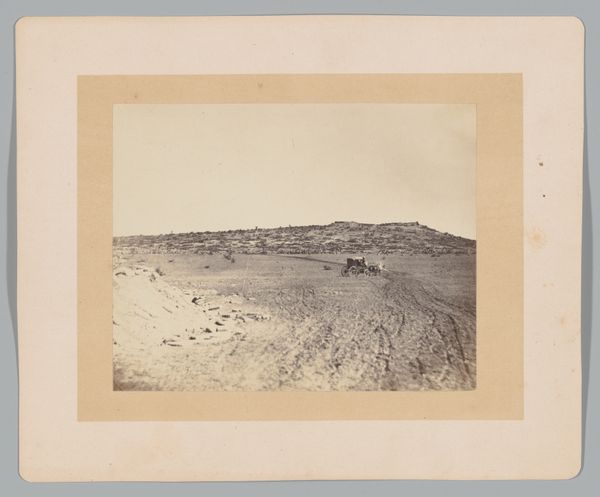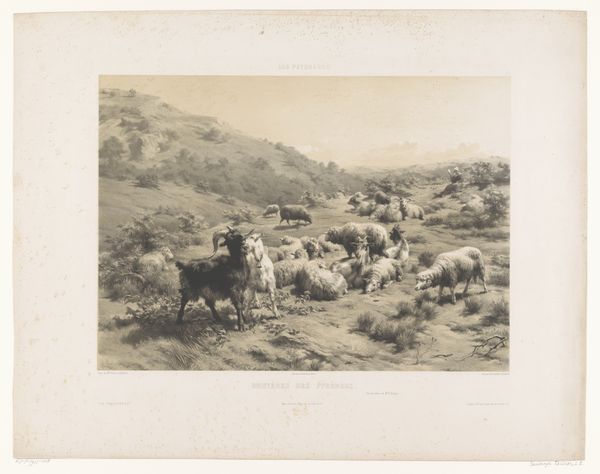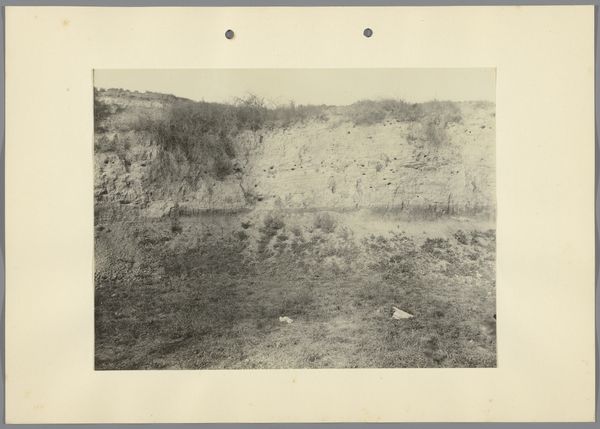
Karnak (Thèbes), Sphinx a Tête Humaine et a Tête de Bélier, en Y 1851 - 1852
0:00
0:00
print, daguerreotype, photography
# print
#
landscape
#
daguerreotype
#
ancient-egyptian-art
#
outdoor photograph
#
street-photography
#
photography
#
ancient-mediterranean
Dimensions: 24.0 x 30.6 cm. (9 7/16 x 12 1/16 in.)
Copyright: Public Domain
Editor: This is Félix Teynard's photograph, "Karnak (Thèbes), Sphinx a Tête Humaine et a Tête de Bélier, en Y", created between 1851 and 1852. The muted tones give it a somewhat melancholic feel. What stands out to you? Curator: The layering of history here is fascinating. Teynard's photographic gaze, filtered through a colonial lens, captures an ancient site already burdened with symbolic meaning. The sphinxes, representing power and mystery, are themselves potent symbols appropriated and reinterpreted across millennia and continents. Consider how photography itself, a relatively new technology at the time, participated in this act of documentation and, perhaps, domination. What is the relationship between the French photographer and ancient Egyptian culture? Editor: So you're saying the act of photographing becomes another layer of interpretation and potential power dynamic? Curator: Precisely. And beyond the French-Egyptian dynamic, let's also consider class and religion. This photograph speaks to the politics of seeing and representing “other” cultures, revealing power structures between the colonizer and the colonized, a dialogue which reverberates into today. What can this image teach us about representation? What questions should we be asking? Editor: That adds a whole new dimension! I initially saw it as just a landscape image. I now see the complexities and how it touches upon modern day global politics. Thank you. Curator: My pleasure. I'm glad to encourage these inquiries and conversations to you and other viewers.
Comments
No comments
Be the first to comment and join the conversation on the ultimate creative platform.
